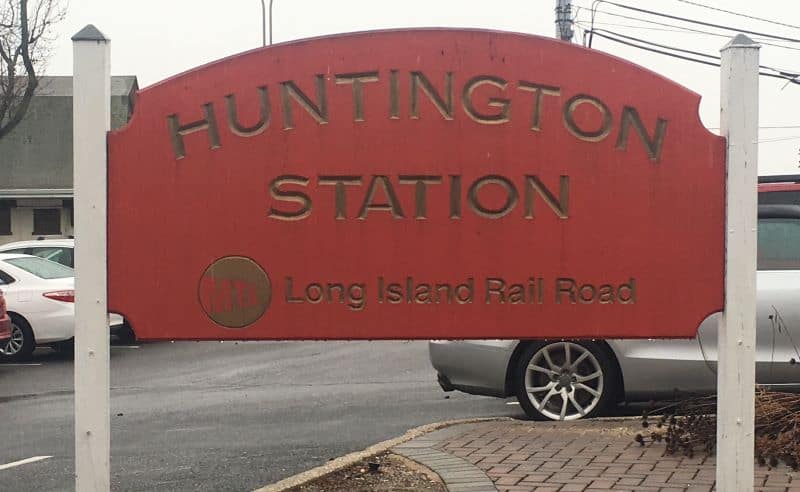State Comptroller Thomas P. DiNapoli criticized the Long Island Rail Road’s storm preparations on Wednesday, and said that the railroad needed to do better in the fuure.
The audit found the LIRR delayed a critical weather-related systemwide risk assessment of its infrastructure for over a decade and failed to complete several resiliency projects on-time following Superstorm Sandy in 2012.
“Severe weather is becoming more common and a failure to properly plan and be prepared will cause more commuter headaches like train delays and service disruptions,” DiNapoli said. “While extreme weather such as blizzards, heavy rain, wind storms or heat waves cannot be prevented, railroad officials need to be prepared to minimize its impacts. The LIRR is the busiest train system in North America and is the primary means of transit from Long Island to New York City which means it must be prepared to operate as effectively as possible during all weather conditions.”
Auditors found that a systemwide weather-related risk assessment of the LIRR’s transportation facilities to identify and address how to lessen the impacts of severe weather had not been completed as of February this year. This delay left the agency at risk and their system vulnerable to damage if hit by another major storm. The LIRR said the risk assessment would be completed by the end of 2023.
The Metropolitan Transportation Authority (MTA) oversees the LIRR, which serves about 200,000 customers on weekdays.
The audit review period was from April 2009 to January 2023.
The auditors found instances where generators, chainsaws, light towers, and front loaders to remove snow were not at their designated locations as required. LIRR officials said much of the equipment was being used in the field but there was no documentation to show their location.
Auditors also found equipment to remove snow and clear tracks was not properly maintained, inspected, or tested. On a review of 13 pieces of snow-fighting equipment, there was no documentation to support they were ready to be used for at least one of the five seasons reviewed.
In 2012, Superstorm Sandy shut down LIRR service systemwide for days and cost the rail line millions of dollars in damages. Following the Superstorm, the LIRR started 15 capital projects totaling over $568 million to repair damages and to improve resiliency efforts. They determined none of the projects were completed on time and two exceeded their respective budgets.
Auditors found the LIRR is not regularly updating their extreme weather plans, which are meant to guide employees in how to safely maintain service during severe weather.
DiNapoli recommends the LIRR:
- Complete its systemwide risk assessment;
- Update its extreme weather guidance and verify newly added recommendations are implemented;
- Improve winter weather monitoring and tracking;
- Revise its Hurricane Guide to include written procedures and required steps in preparation for the season and ensure compliance;
- Expand written procedures to account for the supply, maintenance and location of equipment, and locate missing equipment items;
- Establish clear and complete written procedures to address the maintenance, inspection and testing process of equipment.
In response, the MTA said the systemwide risk assessment was not delayed, but underway and steps have been taken to identify, access, analyze and test weather-related risks. The MTA also added that the Superstorm Sandy projects were not behind schedule and extreme weather guidance for employees has been updated based on lessons learned from the storm.
Audit
Mitigation for Extreme Weather Conditions and Flooding
Related work
A Review of Capital Needs at the Metropolitan Transportation Authority
Financial Outlook for the Metropolitan Transportation Authority

